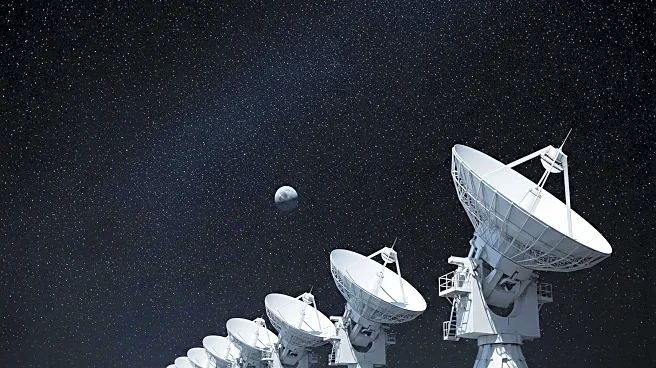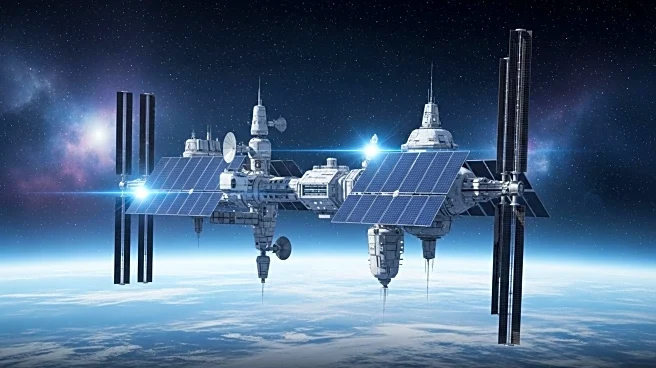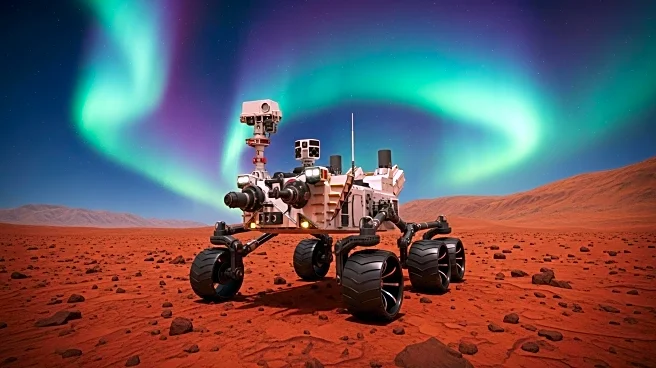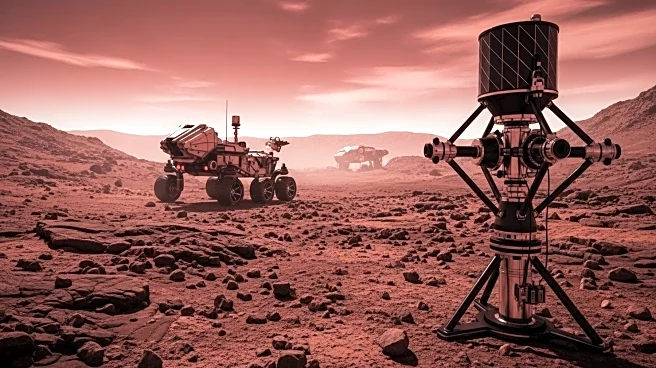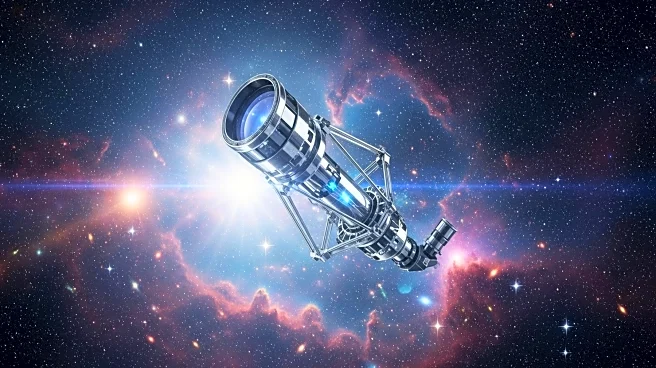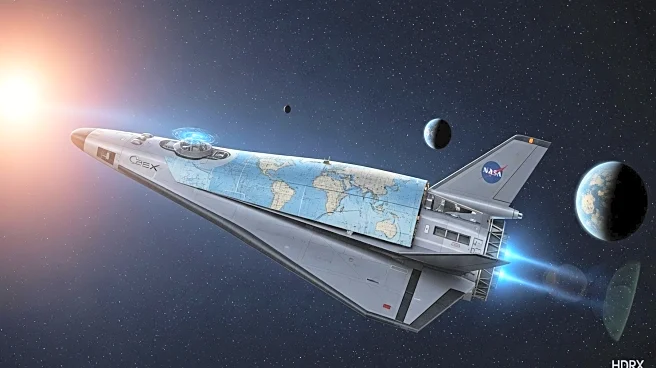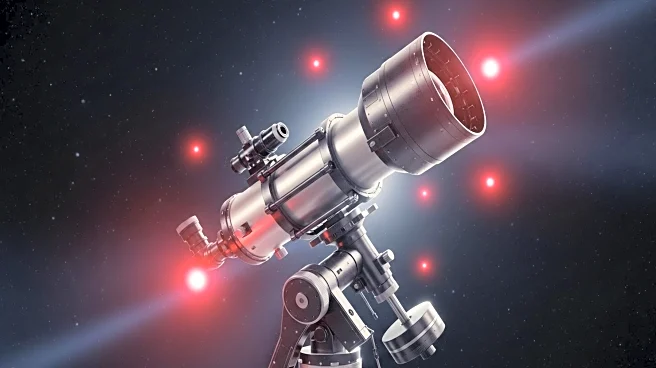What is the story about?
What's Happening?
NASA's Deep Space Network (DSN) is playing a crucial role in the search for extraterrestrial intelligence by providing a roadmap for detecting alien technosignatures. A study by researchers from Penn State and NASA's Jet Propulsion Laboratory analyzed 20 years of DSN transmission logs, revealing that human communication patterns align with planetary movements. This alignment offers clues for where astronomers might effectively search for signals from other civilizations. The DSN, a collection of ground-based antennas, facilitates communication with distant spacecraft and sends powerful signals into space, which could be detected by alien observers.
Why It's Important?
The study's findings have significant implications for the Search for Extraterrestrial Intelligence (SETI). By understanding the patterns of human transmissions, researchers can better target their search for alien signals, potentially increasing the chances of detecting extraterrestrial life. The alignment of transmissions with planetary movements suggests that similar strategies could be used to identify technosignatures from other civilizations. This research highlights the importance of strategic planning in SETI efforts and underscores the potential for discovering life beyond Earth.
What's Next?
The study suggests that future SETI efforts should focus on exoplanet systems with alignments that increase the likelihood of detecting technosignatures. The upcoming launch of NASA's Nancy Grace Roman Space Telescope is expected to expand the search area by detecting numerous previously unknown exoplanets. This expansion could reshape SETI strategies, allowing astronomers to focus on systems where geometry boosts the odds of detection. The study also emphasizes the need for continued international collaboration and support for scientific research to advance the search for extraterrestrial intelligence.
AI Generated Content
Do you find this article useful?
